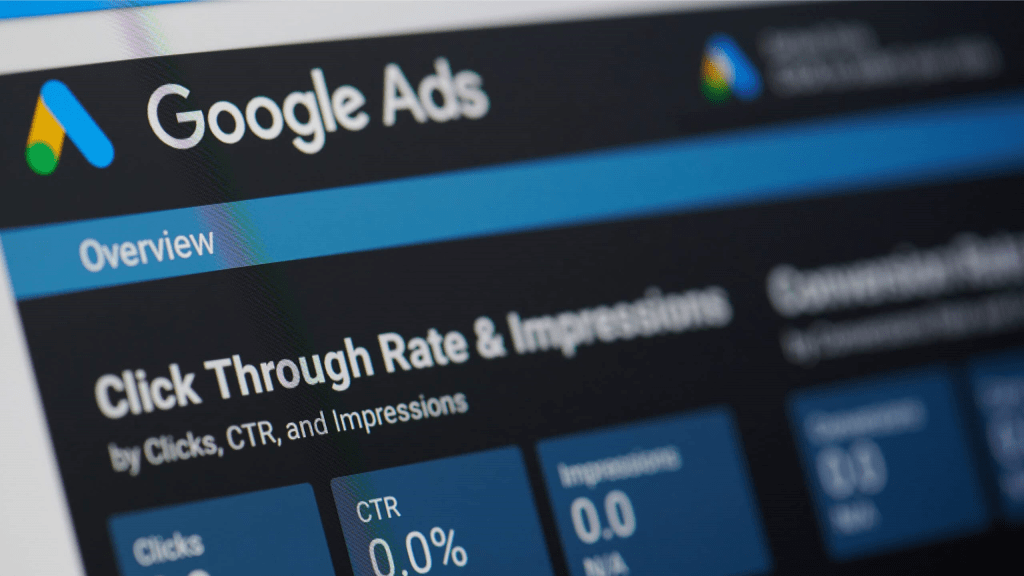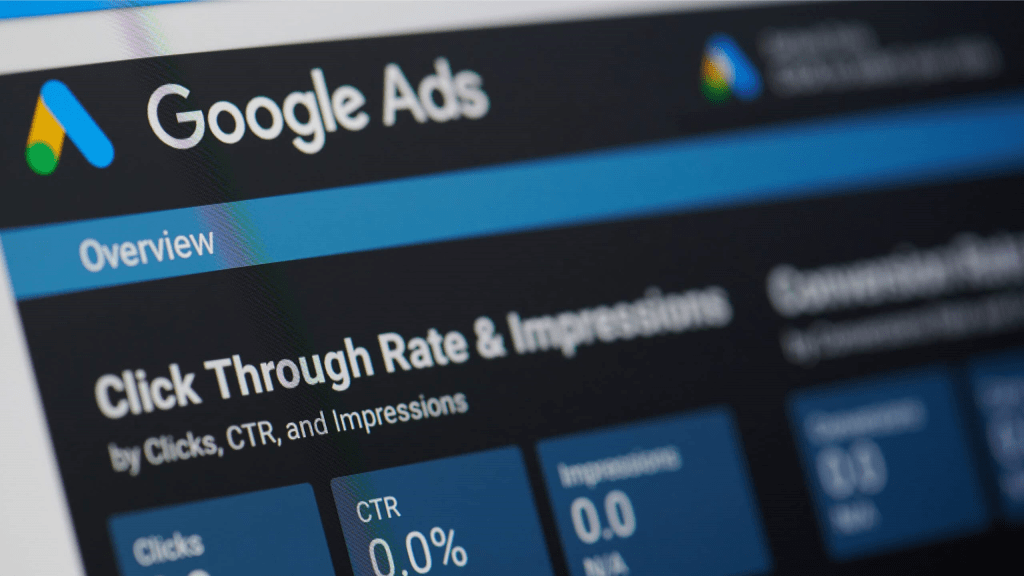Clicks that Count: The Influence of CTR on Organic Search

Google’s algorithm is forever changing and improving with the ultimate aim of making the search engine easier to use and providing more appropriate information. One way it does so is through the CTR (or Click-Through Rate) of a website, where generally the higher the click-through-rate, the better the website and more worthy of ranking.
In fact, CTR now stands as a pivotal metric, offering deep insights into user engagement and content relevance. CTR serves as a strong indicator of how well your content resonates with the target audience.
Understanding CTR by position is crucial for SEO and online marketing strategies, as it directly influences visibility and traffic. A higher CTR not only suggests that your content is relevant to the user's query but also signals to search engines the value and effectiveness of your page, potentially impacting your overall search ranking. In this context, analysing and optimising CTR by position has become an essential consideration for SEO companies and business owners alike.
The Basics of CTR
So what exactly is CTR and why does it matter? Click-Through Rate (CTR) in Google Search Engine Results Pages (SERPs) is a key performance indicator, quantifying the ratio of clicks to impressions for a search result. Basically, it tells us how often a website is being clicked on when it shows up in Google search results.
Google has a vested interest in prioritising websites and listings that achieve a high CTR, as it ultimately means that users are getting what they want when using the search engine. This trend is rooted in user behavior; top-ranking results are perceived as more relevant, capturing more immediate attention and clicks. This correlation between SERP position and CTR underscores the importance of achieving and maintaining high rankings for increased visibility and engagement.
Analysing CTR by Position
A clear and consistent trend emerges when we look at search results and their proportion of total clicks: unsurprisingly, CTR diminishes as one moves down the page. It stands to reason that the higher positions are likely to take the lion’s share of the clicks.
- Top-ranking positions on Google's first page command the highest CTRs. For instance, the first organic result typically sees a CTR around 28.5%, as per a study by Advanced Web Ranking.
- This CTR sharply drops as one moves to lower positions. The second position often sees a CTR around 15%, and it continues to decrease further down the list. By the time you reach the bottom of the first page, CTRs can be as low as 2-3%.
The introduction and evolution of Google Ads have significantly impacted these CTR trends. Ads occupy prime real estate at the top of SERPs, sometimes pushing organic results further down the page. This placement of ads can lead to a decrease in CTR for top organic positions, as ads capture some of the clicks that might have otherwise gone to the first few organic listings.
That said, the impact of Ads in search results varies depending on the search query. For commercial queries with high buying intent, ads might receive a higher CTR, while informational queries might see users skipping ads in favor of organic results.
Factors Influencing CTR in Different Positions
The Click-Through Rate (CTR) for a given position in Google's SERPs is influenced by several key factors, each playing a pivotal role in how users interact with search results.
1. Relevance of Title and Meta Description
- The title tag and meta description are often the first elements a searcher sees. Their relevance and clarity can significantly impact CTR. A well-crafted title that aligns closely with the search query and a meta description that succinctly summarises the content can compel users to click.
2. Presence of Rich Snippets
- Rich snippets, which provide additional information like ratings, reviews, or images directly in the search results, can dramatically increase a page's visibility and appeal. These enhanced features make listings more informative and attractive, often leading to higher CTRs, especially for results that aren't in the top position.
3. Type of Query
- The nature of the search query – whether it's informational, transactional, or navigational – influences CTR patterns. Informational queries might see a more even distribution of clicks across results, as users seek comprehensive information. In contrast, transactional queries often result in higher CTRs for top results, where users expect to find immediate solutions or products.
CTR is not just a metric of performance but also a reflection of how well a website meets user needs and expectations. Understanding and optimising these influencing factors is crucial for improving SERP positions and achieving better overall search performance.

Other Strategies to Improve CTR
1. Creating Engaging Content
- Ensure your content is high-quality, relevant, and addresses the needs of your target audience. Engaging, informative content is more likely to attract clicks.
- Use compelling headers and subheaders within your content. These not only improve readability but also can appear in Google's featured snippets, potentially increasing CTR.
2. Mobile Optimisation
- With the increasing prevalence of mobile searches, ensure your site is mobile-friendly. Mobile users are more likely to click on results that are easily navigable on their devices.
3. Testing and Analysing
- Regularly test different titles, meta descriptions, and formats to see what works best for your audience. Use tools like Google Search Console to analyze performance and make data-driven decisions.
4. Buying Clicks
- There are developing services in the SEO industry to help companies increase their CTR artificially. Similar to the early days of social media where buying follows was a viable strategy, this service involves having real people click your listing on a search result again and again to get it on Google’s rader.
- In terms of whether this is by the book the answer would definitely be no. Google is wanting to rank websites based on their true CTR rather than rewarding businesses that are taking shortcuts. However, SEO is an evolving space and we’ve seen businesses do really well in the short term by finding new ways to make a splash and get noticed by search engines.
Conclusion
In this exploration of Click-Through Rates (CTR) in Search Engine Results Pages (SERPs), we've delved into the multifaceted role of CTR as a crucial metric in SEO. We've seen how CTR is not just a measure of clicks but a reflection of how effectively a website captures user interest and meets search intent.
The importance of understanding and optimising CTR cannot be overstated in the realm of SEO. A high CTR not only drives more traffic to your site but also signals to search engines the relevance and value of your content. In the ever-evolving landscape of SEO, where user engagement and satisfaction are paramount, mastering CTR dynamics is essential. By focusing on the factors that influence CTR and implementing strategies to improve it, businesses and website owners can significantly enhance their online visibility and search engine performance.
TAGS: